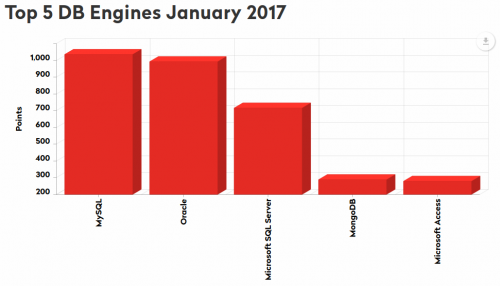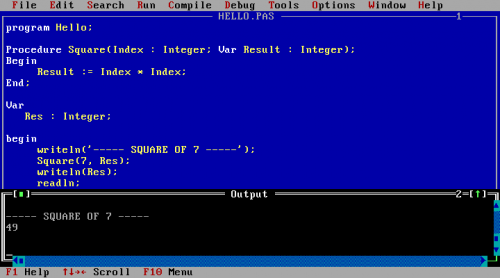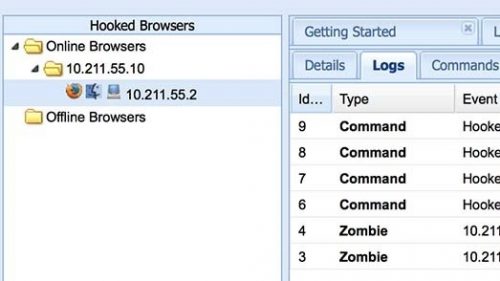Have a look at Red9’s Database Popularity Index, which is updated now on a monthly basis. Last year I blogged about a similar study.
One thing that is still mind-boggling to me is the total number of different database engines – over 300! I know there is a constant need for better and more powerful databases, but 300? Sounds like too much to choose from.
One other thing that I find slightly surprising is the popularity of the Microsoft Access. Really? With so much to choose from, people still stay with Access? What am I not getting here?



